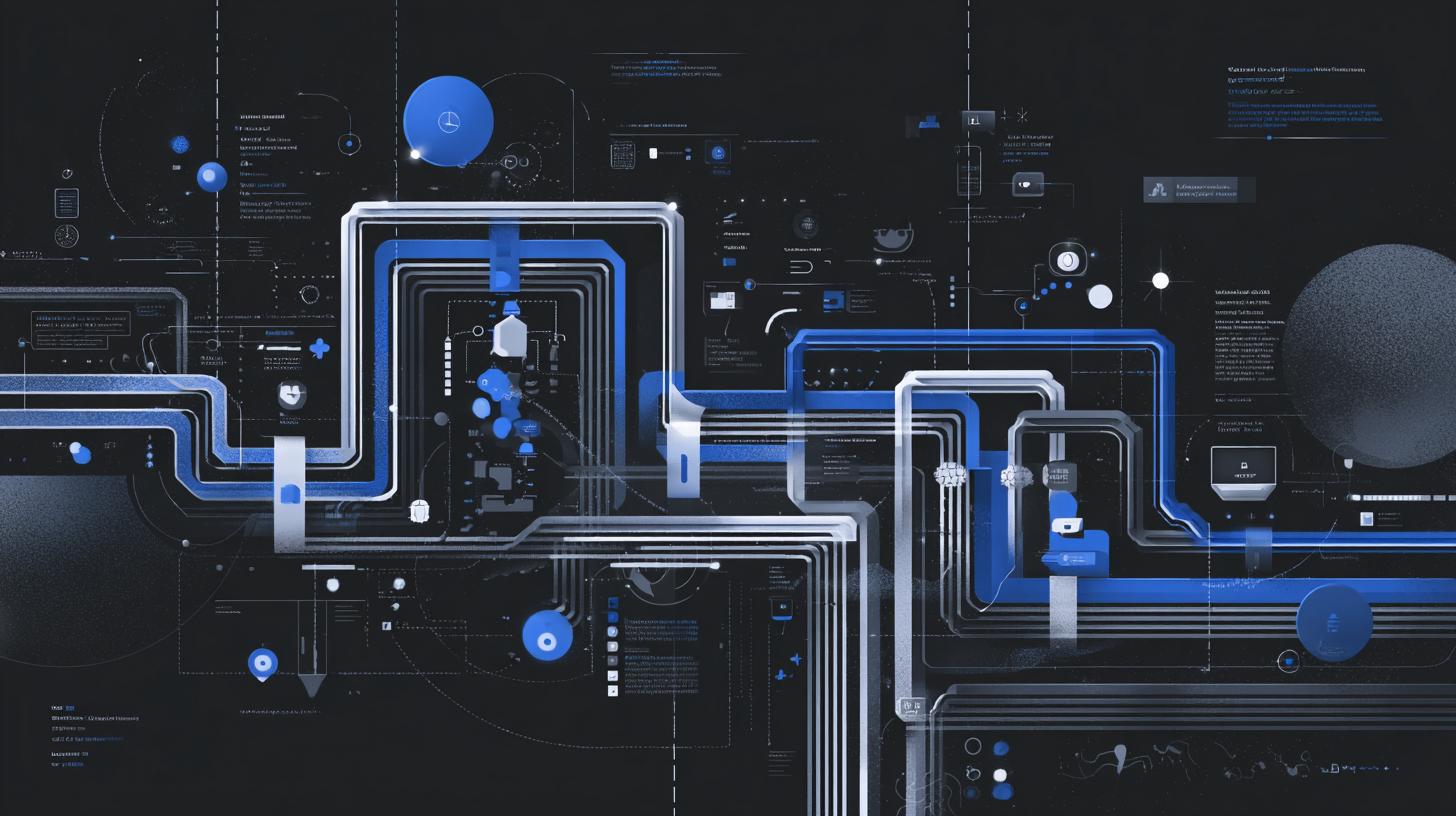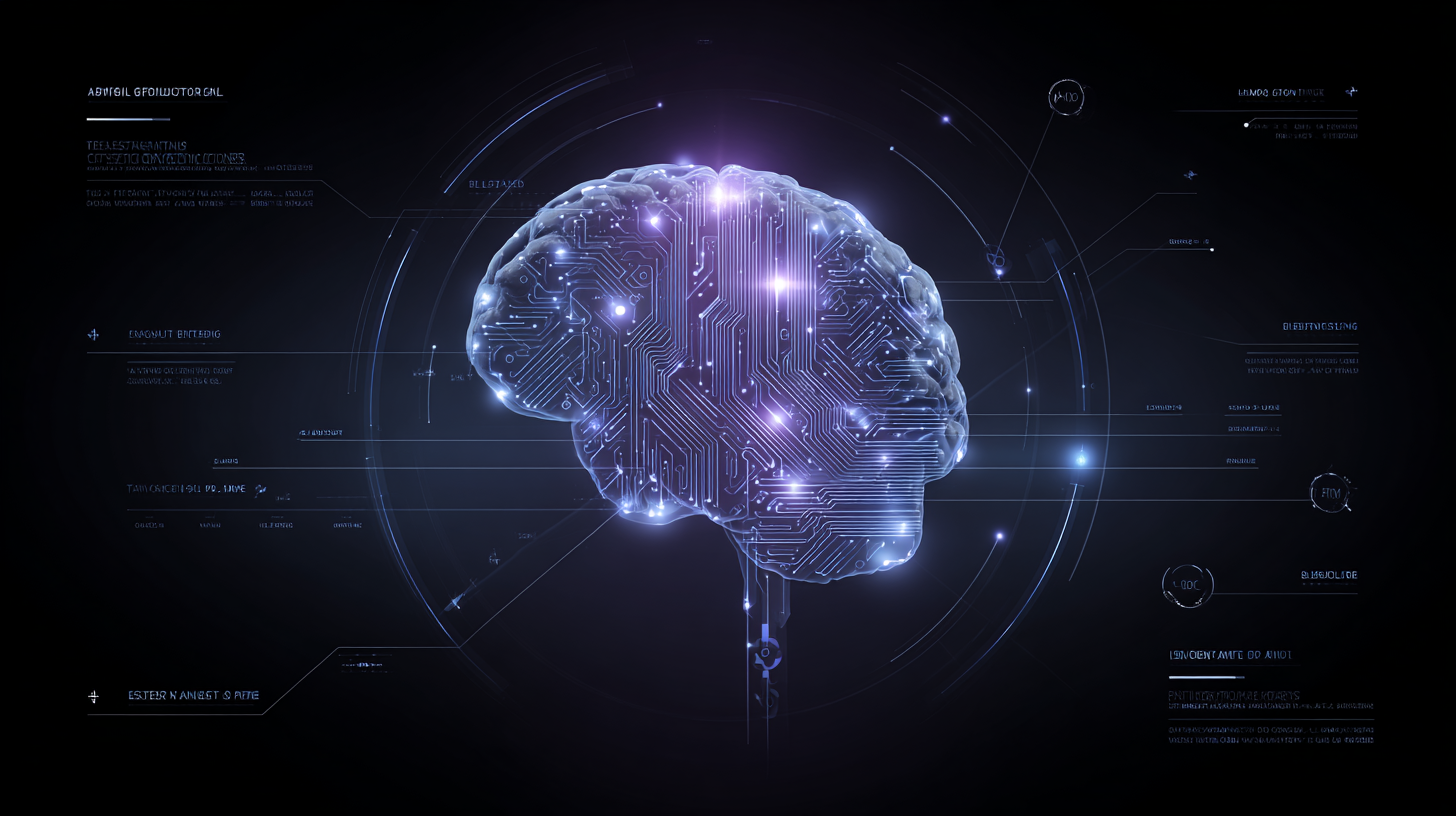Agentic-AI systems require more than data, they require structure. As enterprises move from assistants to autonomous AI agents, the need for explicit, interoperable, and machine-readable semantics becomes critical. Yet most enterprise data architectures remain emergent, fragmented, and semantically inconsistent. The resulting tension between agility and clarity defines the architectural challenge of the decade.
Within this tension, formal ontologies establish what no data platform or catalog can: a governed, machine-understandable contract of meaning. They are not another metadata layer but the formal backbone that enables reasoning, consistency, and scale.
The function of Knowledge Organization Systems
Knowledge Organization Systems (KOS) describe the continuum from linguistic definition to formal semantics. They progress in precision and expressiveness, from lexica to thesauri, taxonomies, and ultimately ontologies.
- A lexicon defines terms in context. It ensures that everyone shares the same interpretation of a concept, what “project manager” or “business unit” means inside an organization.
- A thesaurus extends this by linking synonymous or related terms. It provides semantic bridges across vocabularies, equating “consultant” and “advisor,” for instance.
- A taxonomy introduces hierarchy: classes and subclasses, such as Vehicle → Car → Electric Car. This structure supports classification but remains one-dimensional.
Real-world domains, however, are not purely hierarchical. They include cross-cutting relationships: an employee who is also a project member, a supplier who becomes a partner. These multidimensional relations cannot be captured by a taxonomy alone. Ontologies fill this gap. They provide a formal language to express how entities relate, inherit, and interact across perspectives.
The decisive property of ontologies is intentionality. Where taxonomies describe containment (“is a”), ontologies describe composition, relation, and constraint (“worksIn,” “reportsTo,” “owns”). They enable systems to model reality rather than just classify it.
Where Labeled Property Graphs fall short
Label Property Graphs (LPGs), widely adopted for their flexibility, lack a formal semantic backbone. They encode instances and connections but do not enforce schema-level intent. Labels emerge organically and evolve locally, often without coordination. In narrow, vertical use cases, this spontaneity can be practical. In horizontal, cross-domain contexts, it becomes a liability. Semantic drift is inevitable: one team models a node as Employee, another as Resource. Without an explicit ontology, an agent cannot infer that both describe the same concept, nor can it reason safely across domains.
Ontologies resolve this by introducing schema intentionality. They define classes, object properties, and data properties explicitly; they embed lexical descriptions, constraints, and inheritance structures. In RDF/OWL, a class such as Employee is not just a label: it is a formally defined concept with relations, restrictions, and metadata. LPGs, by contrast, rely on emergent schema inferred from usage, which makes extraction brittle and reasoning unreliable.
The decisive property is formality. In an ontology, the schema exists independently of its instances. Classes, object properties, and data properties are first-class, versionable elements that can be governed over time. Instances then assert membership and relations under that schema. This separation yields stable semantics for querying, reasoning, and governance. It is the same discipline we apply when normalizing “Customer / Debitor / Client” dialects into one vocabulary: integration becomes simpler, contradictions surface earlier, and analytical reproducibility improves.
Ultimately, LPGs offer agility through informality; ontologies provide reliability through structure. The difference is architectural, not syntactic. One describes what happens to exist; the other defines what is allowed to reason about. And in the age of agentic AI, that difference determines whether reasoning is possible at all.
Why Agentic-AI requires a formal schema
Agentic-AI systems depend on schema awareness. To plan, query, and interpret, an agent must understand what types of entities exist and how they relate. Ontologies make that schema explicit from the start. They are not descriptive snapshots of the data; they are prescriptive architectures that define the semantic space in which data can evolve.
Without such a schema, an agent must first reconstruct structure from observation — a process both error-prone and context-dependent. In contrast, with a formal ontology, reasoning becomes deterministic and explainable. Agents can navigate classes, infer relations, and validate constraints against a defined conceptual model.
Data Catalogues vs. Formal Ontologies
Enterprise data catalogues play a useful but limited role in the knowledge spectrum. They typically integrate glossary, taxonomy, and metadata registry functions. Each “concept” in such a tool represents a business term or data product, often enriched with descriptions, ownership, and lineage. In some cases, catalogues allow for hierarchical grouping: domains → data sets → fields — and even cross-links between related assets. This creates a structured inventory of what data exists and who governs it.
Data catalogues often support descriptive governance structures, including documentation rules and metadata standards. These rules can be enforced within the tool, but they are typically expressed in proprietary formats and lack alignment with formal ontology languages such as RDF/OWL. Concepts in the catalogue may be well-described and relationally linked, but they do not constitute explicit classes or properties in a shared formal schema. This limits interoperability across systems and constrains agentic reasoning, which depends on machine-interpretable logic and consistent semantic contracts.
Even when a data catalogue exposes its model through APIs or graph visualizations, it still reflects a proprietary, bottom-up schema. The semantics are tied to the vendor’s data model and to human interpretation within the UI. By contrast, a formal ontology is system-independent, and semantically explicit. It allows reasoning over classes, inheritance, and constraints. Agents can query it, validate against it, and infer new knowledge without ambiguity or vendor dependence.
Thus, while catalogues organize information about data, ontologies organize the meaning of information itself. Catalogues increase discoverability; ontologies enable semantic interoperability and reasoning. For agentic systems that must operate autonomously across business and technical domains, this distinction defines the boundary between documentation and intelligence.
Why ontology design is hard, and worth it
Designing an ontology is not primarily a technical exercise; it is a cognitive and organizational one. It forces clarity of meaning where ambiguity has long persisted. Most enterprises operate with overlapping terminologies, like “customer,” “account,” “contract”, each defined differently across departments. Ontology design compels explicit decisions: which distinctions matter, which merge, and which coexist under mapping rules.
This intellectual discipline explains why many organizations hesitate. Ontology work exposes inconsistencies and demands consensus across silos. It also requires fluency in formal languages (RDF, OWL, SHACL) and the willingness to model rigorously rather than diagram loosely. The result, however, is lasting stability.
Formally governed semantics become a scalable enterprise asset: new systems, AI agents, and analytics pipelines can integrate by aligning to a shared ontology rather than rediscovering semantics ad hoc. It transforms data modeling from documentation into an intentional architecture.
Conclusion:
Formal ontologies are not optional for agentic systems - they are foundational. They convert fragmented data into structured knowledge, enabling reasoning, interoperability, and governance. LPGs and catalogues remain valuable for implementation and discovery, but they cannot substitute the architectural clarity that ontologies provide.
In practice, this means
- Agility at the data layer, stability at the semantic layer.
- Local graphs for operations, a shared ontology for intelligence.
For enterprises building the next generation of AI systems, clarity is the new agility. Ontologies make that clarity explicit, turning connections into understanding, and data into meaning.







